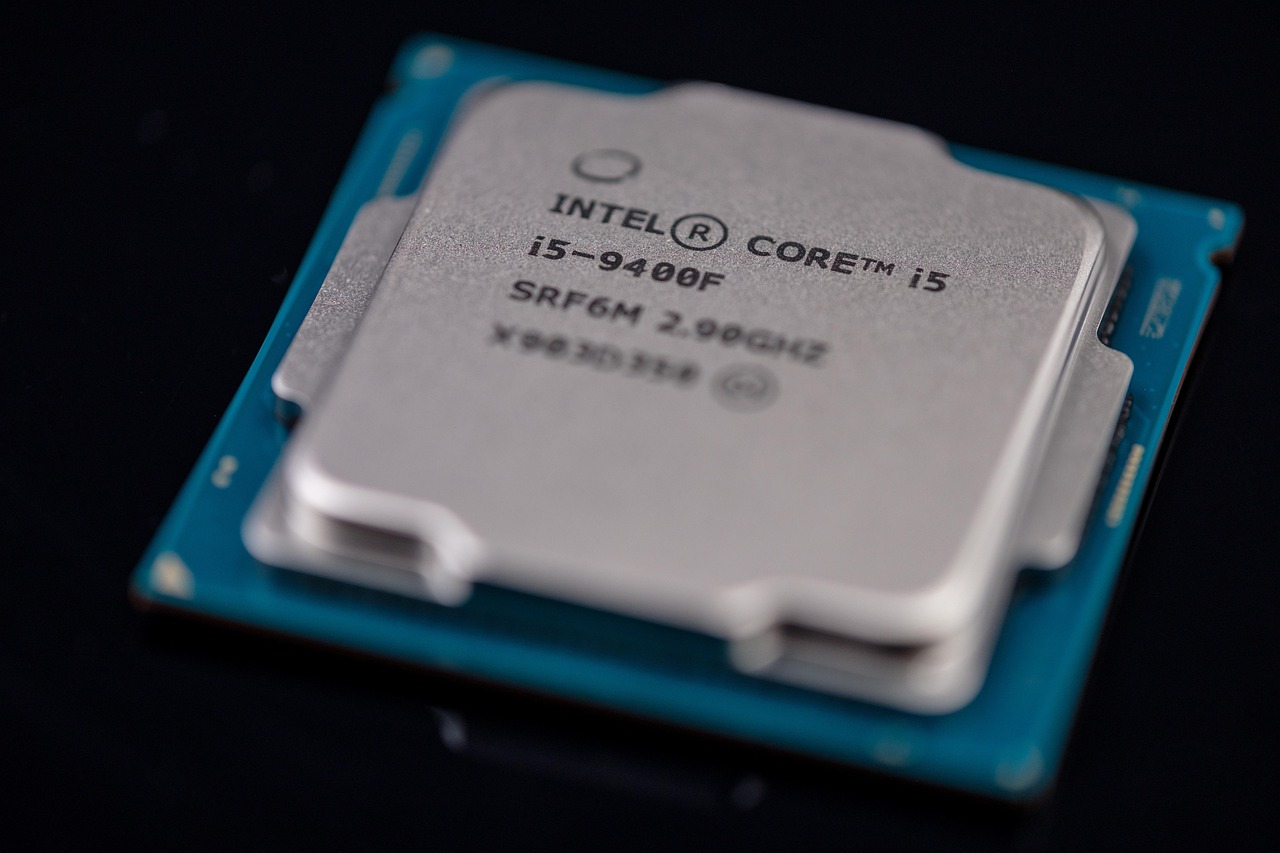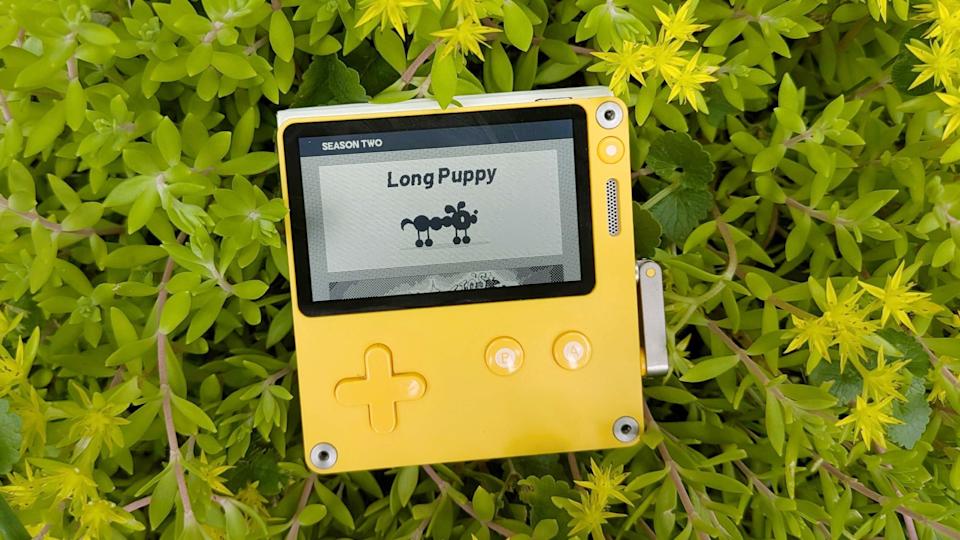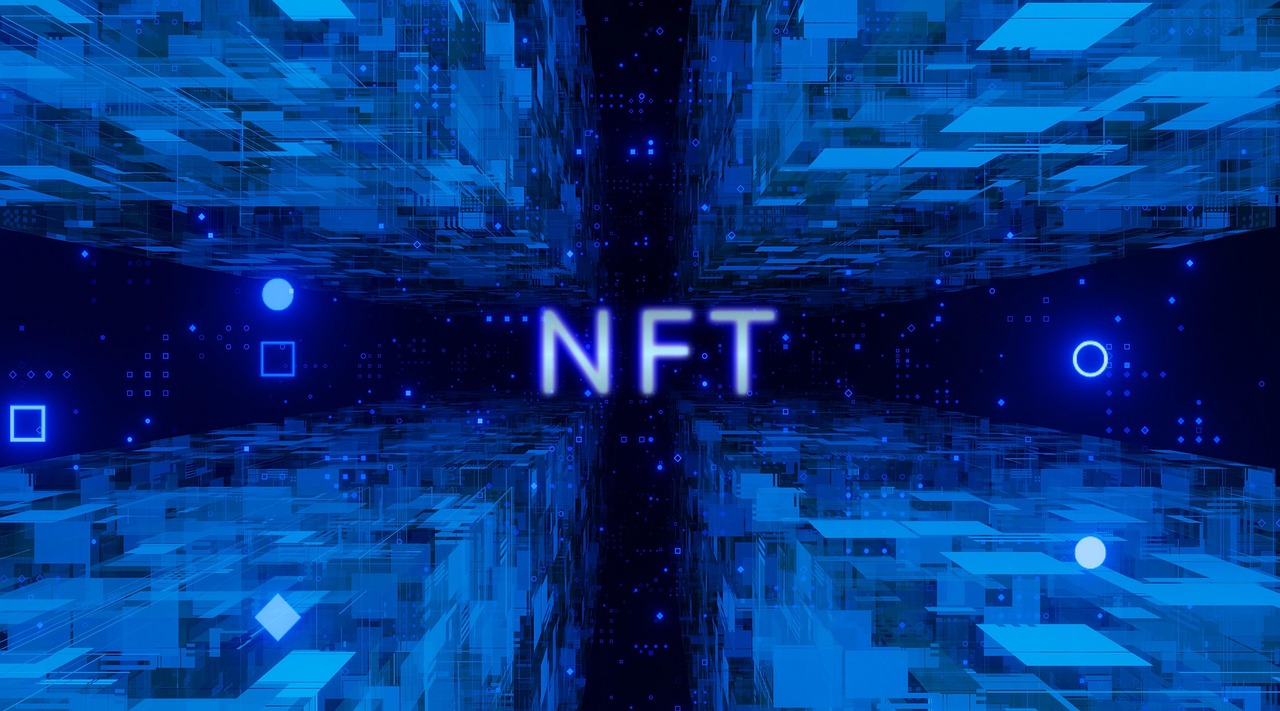NFT Wearable Art Installations: Bridging the Digital and Physical Worlds

In recent years, the intersection of technology and art has given rise to numerous innovations, one of the most intriguing being NFT wearable art installations. These installations merge the burgeoning realm of non-fungible tokens (NFTs) with the tangible experience of wearable art, offering a novel way to experience and engage with art. This article delves into the development of NFT wearable art installations, their global context, and their implications for the future of both art and technology.
NFTs and Their Role in Art
Non-fungible tokens, or NFTs, have revolutionized the art world by providing a method for authenticating and owning digital art. Unlike cryptocurrencies such as Bitcoin or Ethereum, which are interchangeable, NFTs are unique digital assets that represent ownership of a specific item or piece of content on the blockchain. This technology has allowed artists to monetize digital works in a way that was previously impossible, providing provenance and scarcity to digital art pieces.
The explosion of NFTs in the art market has been notable, with digital art sales reaching unprecedented heights. High-profile sales, such as Beeple’s “Everydays: The First 5000 Days,” which sold for $69 million at Christie’s, have underscored the commercial potential of NFTs. However, beyond these headline-grabbing figures, NFTs have also prompted discussions about the future of digital art and its integration with physical experiences.
The Emergence of Wearable Art Installations
Wearable art is not a new concept; it has long been a niche within the art world, blending fashion, sculpture, and performance. However, the integration of NFTs into wearable art installations is a recent development that offers exciting possibilities. These installations typically involve clothing or accessories embedded with digital displays or augmented reality (AR) features, which can be activated or enhanced through NFT ownership.
By combining NFTs with wearable art, artists create pieces that are not only visually and technically innovative but also interactive and participatory. For instance, an NFT linked to a piece of wearable art might unlock unique digital content or alter the appearance of the item through AR, providing an evolving art experience. This fusion expands the horizons of both digital and physical art, creating a dynamic interplay between the two.
Global Context and Implications
The convergence of NFTs and wearable art installations reflects broader trends in the digital transformation of art. Globally, there is an increasing move towards experiential art forms that engage audiences in immersive and interactive ways. This is particularly relevant in a world increasingly mediated by technology, where digital and physical experiences are often intertwined.
Countries with strong tech sectors, such as the United States, South Korea, and Japan, are at the forefront of integrating NFTs into wearable art. These nations are home to technological infrastructure and creative industries that support the development of such innovative art forms. Moreover, the global art market’s shift towards digital platforms, accelerated by the COVID-19 pandemic, has further fueled interest in NFT-based art experiences.
However, the rise of NFT wearable art installations also raises questions about accessibility and sustainability. The environmental impact of blockchain technology, particularly concerning energy consumption, is a critical consideration. Moreover, the high entry barrier for acquiring NFTs can limit the accessibility of these experiences to a broader audience.
Conclusion
NFT wearable art installations represent a fascinating confluence of art, technology, and fashion, offering new ways to experience and interact with art. They exemplify the potential for NFTs to extend beyond static digital images and into dynamic, participatory experiences. As this field continues to evolve, it will be essential for artists, technologists, and policymakers to navigate the challenges and opportunities it presents, ensuring that this innovative art form remains sustainable and accessible.
As we look to the future, NFT wearable art installations may well pave the way for further integrations of digital and physical art, offering a glimpse into the potential of a fully interconnected artistic landscape.















